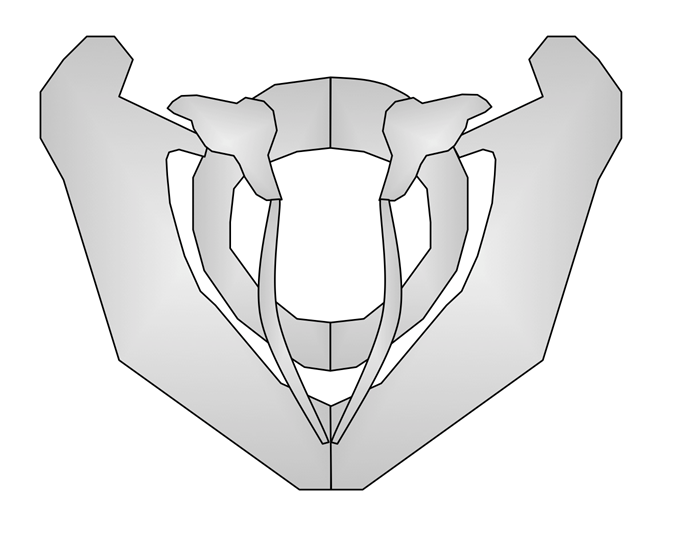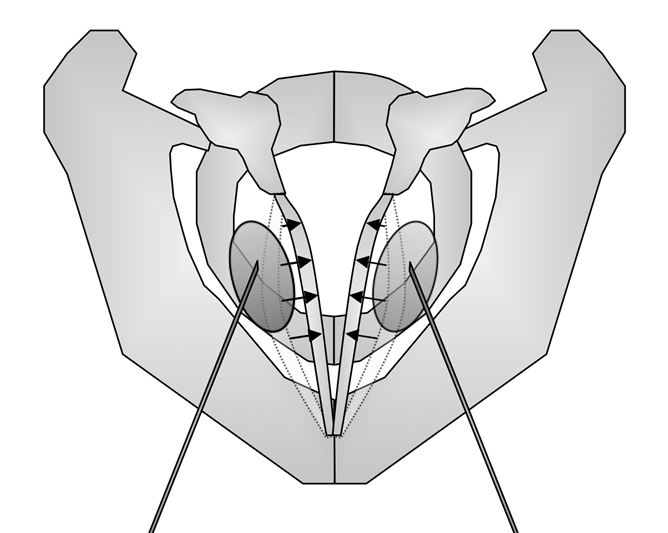What is Presbylarynx?
Presbylarynx, also known as presbyphonia, refers to age-related changes in the vocal cords caused by the natural atrophy (weakening) of muscle tissue as we age. The vocal cords consist of multiple tissue layers, with the underlying muscle providing fullness and shape. With age, the vocal cords may lose volume and develop inward curvatures, or „bowing,“ at their inner edges. These changes can result in a gap between the vocal cords during speech, causing other muscles to strain as they try to compensate for the reduced closure. Hormonal changes and alterations in mucous glands may also contribute to age-related voice changes.
Often patients have not had any voice problems in their entire life and at an advanced age they suddenly suffer from symptoms such as hoarseness or speech strain. It can happen that the voice tires more quickly, breaks away under stress, covers, breathes, or even sounds croaky and shrill. Anyone who has ever experienced such a loss of quality of the voice quickly realizes how much participation in social life depends on our most important communication organ.
Patients suffer from their reduced communication and many participate less in social activities. They feel set back because of their voice problem. Although the problem may have a genetic component, most patients seek medical advice to reconstitute their ‚old’ and stronger voice.
Symptoms of Presbylarynx
Voice changes related to presbylaryngis are common in individuals over 60 years old. Symptoms often include:
-
Reduced vocal volume
-
Higher-pitched voice
-
Breathy, „thin“ sound
-
Increased effort required to speak
-
Vocal fatigue
-
Difficulty communicating in noisy environments or over the phone
Treatment for Presbylarynx
Treatment typically begins with voice therapy led by a speech-language pathologist. Therapy focuses on improving vocal technique and breath support, often resulting in better vocal volume, quality, and endurance.
In some cases, vocal cord augmentation may be recommended. This procedure involves injecting a filler into one or both vocal cords to restore their shape, improving closure and reducing strain. Specialists often perform this minimally invasive procedure in a clinic setting under local anesthesia.
Lack of volume of the vocal cords
Mostly with age vocal folds may tend to get thinner and in laryngeal examination, the vocal folds cannot close tightly enough for easy voicing (glottic incompetence). Accordingly, the voice may be perceived as strained, pressed, dry, high-in-pitch, and effortful.
In the so-called aged voice, the vocal folds are thinner and have little volume. While making a voice the vocal folds can’t come together with sufficient pressure when and a change in voice with hoarseness, vocal effort and often increased speaking pitch is hearable. It is called vocal fold bowing.
Augmentation
The therapy is a filling (augmentation) of the vocal folds. It is an surgical increase of the volume of the vocal folds. Artificial materials (e.g. hyaluronic acid) or the body’s own fat can be used for implantation.
The outpatient surgery under general anesthesia takes about 60 minutes. Postoperative vocal rest is not required. In America, this procedure is called a „voice lift“, comparable to the „face lift“. However, this treatment of the aged voice is not a cosmetic procedure and it certainly does not lead to an increase in the speaking voice. We therefore consider the term ‚voice lift‘ to be inappropriate.
Prof. Hess and his team have already helped hundreds of patients regain their quality of life and enjoyment of life.
From a cerrtain age on vocal folds no close completely.

Augmentation will help that the vocal folds will close again


